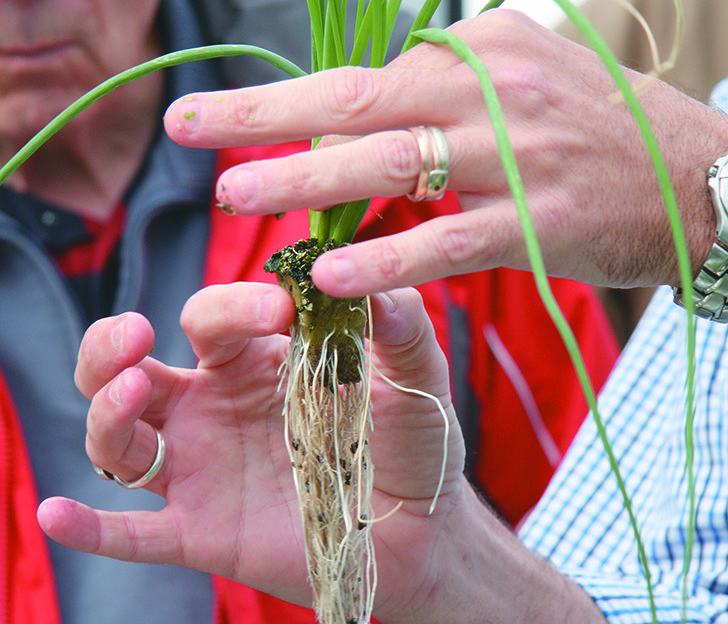At $20 to $25 per fish, grass carp quickly pay for themselves in cleaning weeds from Alberta ponds and dugouts.
Clay Boyes, facility manager at the Lethbridge College-based Aquaculture Centre of Excellence (ACE), said farmers often blanch at the price tag but after 15 years of availability and use, the fish have proven their worth.
“If you take a look at over a 10 to 12 year period, you’ll pay for those in that first year, for the amount of chemicals that you’ll use in that first year. And you’re not going to perpetuate your problem,” said Boyes.
Read Also

More factors affecting winter weather
When you combine a weak La Niña, early Siberian snow, and a warm northern Pacific, it’s easy to see why long-range winter forecasting is so complex.
He gave an overview of the program to an Oct. 3 tour organized by the Oldman Watershed Council.
Boyes runs the grass carp hatchery facility that supplies stock to distributors, who sell the fish to farmers for aquatic weed control.
The carp are sterile so they cannot propagate and interfere with native species.
ACE started its operations in 1999 with 60 fish obtained from Colorado. Those were multiplied to the current base of 300 fish, which Boyes said comprise the only rootstock of grass carp in Canada.
Dense aquatic weeds can be a problem in ponds and dugouts in southern Alberta’s relatively warm climate. They can clog pumps, filters and irrigation equipment and reduce water quality as they die and decompose.
Though there are chemical controls, killing the weeds results in decomposition, oxygen depletion, nutrient release and repeated growth cycles that perpetuate the problem year after year.
“With these guys here, when we put the fish in there, obviously they are feeding on the nutrients. They become the nutrient bank,” said Boyes.
The fish live for 10 to 12 years and can then be fed to cats or dogs, or can simply be destroyed.
“This lends itself very well to our situation in southern Alberta.”
Grass carp are members of the minnow family and are native to China, where they are extensively farmed.
In Alberta, studies have shown they can control a number of common water weeds, among them stonewort, water plantain, sago pondweed, Canada waterweed and some types of algae.
Smaller fish of 25 to 44 centimetres can eat 50 percent of their body weight in a day, depending on water temperature.
Larger fish eat about 30 percent of their body weight daily.
Dugout studies conducted by Alberta Agriculture have concluded grass carp can achieve up to 80 percent weed control.
Highest consumption occurs when the water is 18 C or higher but they will also feed at lower temperatures.
Water containing fish waste from the grass carp operation in Leth-bridge is used in the adjacent aquaponics facility at the college.
The nutrient rich water is used by greenhouse plants and is then recirculated into the fish spawning facility.
















